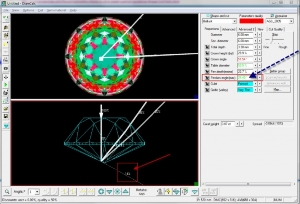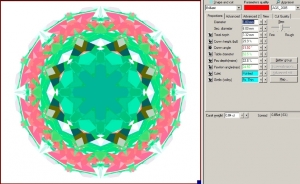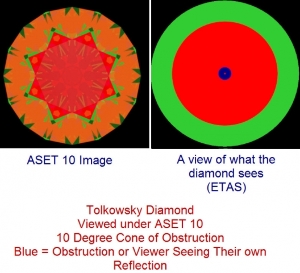- Joined
- Aug 15, 2000
- Messages
- 18,433
http://www.gemology.ru/cut/english/faceting/
This was ground breaking work that went unrecognized for 2 or 3 decades.
Bruce was cutting and polishing a beryl in his attic late at night in the 1970's and discovered head obstruction. Being an engineer, he devised charts for each type or cause of darkness caused by our head. He made these charts for all popular gem materials.
I began communicating with Bruce over a decade ago, I think Michael Cowing may have 'discovered his work?
I met Bruce around 2001/2 and we discussed some points where we had disagreed via email - over the breaking of bread we became of the same mind. In 2004 Bruce travelled to Moscow for the first diamond cut conference. He also worked as a consultant for the AGS's cut grading system.
Of late Bruce has been collating some of his other work and sending out emails.
This was ground breaking work that went unrecognized for 2 or 3 decades.
Bruce was cutting and polishing a beryl in his attic late at night in the 1970's and discovered head obstruction. Being an engineer, he devised charts for each type or cause of darkness caused by our head. He made these charts for all popular gem materials.
I began communicating with Bruce over a decade ago, I think Michael Cowing may have 'discovered his work?
I met Bruce around 2001/2 and we discussed some points where we had disagreed via email - over the breaking of bread we became of the same mind. In 2004 Bruce travelled to Moscow for the first diamond cut conference. He also worked as a consultant for the AGS's cut grading system.
Of late Bruce has been collating some of his other work and sending out emails.













300x240.png)